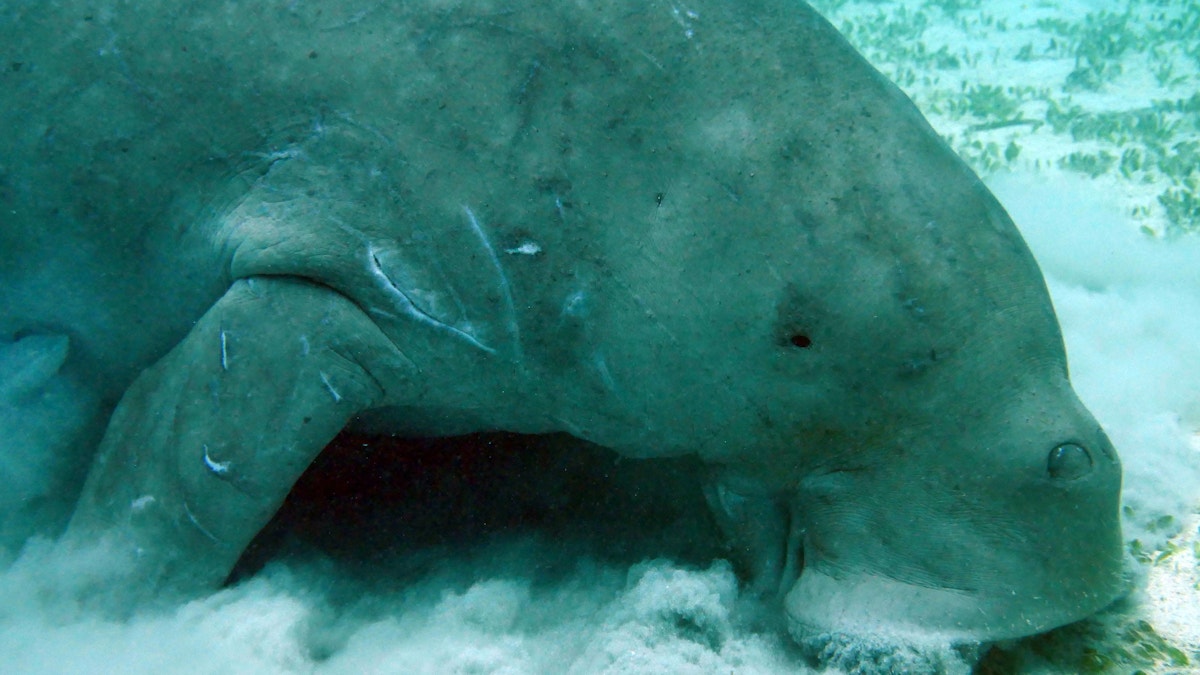
Gardening tips: Attracting wildlife to the garden
Published 10:00am 15 March 2024

The chatter of small birds, busy scurrying of lizards or the gentle flight of a butterfly are all positive sights and sounds in our urban backyards. And the good news is, you don’t need a huge garden to create a sanctuary for local wildlife.
Just like us, wildlife need food, water and shelter. Much of this can be provided by plants. No matter what style of garden you have, even a balcony can offer sustenance or a place to retreat.
Food
Birds, bees and butterflies need flowers. Pollen and nectar are extracted as a food source, with the added benefit of pollination as they move from plant to plant.
Native plants such as grevilleas, bottlebrush, banksia, kangaroo paw, tea tree, wattle and eucalyptus will attract native stingless bees and many native bird species – especially honey eaters and small parrots. To appeal to a variety of birds, plant small and larger flowering plants with different coloured blooms, ground covers, shrubs and trees to provide a buffet of nectar and seeds and shelter options.
Butterflies feast on bottlebrush and buddleja blooms but will lay eggs on a variety of plant leaves or stems, with different species favouring different shrubs.
In small gardens, include herbs such as basil, borage, coriander and rosemary and allow them to flower and seed. A mix of perennial bloomers such as seaside daisy, lavender, salvia and echinacea will ensure there’s something on offer year-round.
Water
The essential ingredient! A birdbath, water bowl, shallow pot plant tray or simple saucer with fresh water will bring an abundance of creatures to your yard. Frogs, lizards, water dragons, birds, bees, insects and butterflies will all be grateful for a drinking station or bath. Refresh the water regularly to avoid mosquito breeding and algae build up. If space is available, place your birdbath near plants so birds can easily seek protection from predators.
Shelter
Wildlife also needs somewhere to hide from heat or rain, predators, people or a safe spot to raise a family. Tree branches and shrubs offer protection and nesting options for birds while leaf litter, rockeries, logs and groundcovers provide hiding spaces for smaller critters. Purpose-built insect hotels, frog sanctuaries, nesting boxes, hives and bird houses make a wonderful addition to any sized garden and provide hours of relaxing entertainment.
Top Tips
- Provide a water source
- Avoid chemicals and pesticides in the garden
- Allow plants to flower and seed
Happy gardening!


Related Stories
Top Stories

Triple P wellbeing tips for new parents
In the lead-up to Perinatal Mental Health Week (November 17-23), parenting experts at the Triple P – Positive Parenting Program are shining a light on giving babies the best start in life by improving the mental health and wellbeing of new parents and carers. Here are some top tips


Popular Stories

Long history of community connection at Grace C&K
For almost 60 years, Grace Lutheran Creche and Kindergarten has been a central part of the Redcliffe Peninsula community. We take a look back at its history as it prepares to close its doors

Champion goes back to the future
Former Olympic and World champion Kylie Palmer is back at Redcliffe helping future generations of swimmers.

Flashback: Lasting link to lost Diggers
These days, Anzac Memorial Avenue is a major arterial road linking Redcliffe to Petrie but when it was first imagined, it aimed to serve as a link to the homegrown Diggers who gave their lives in WWI. Photo: courtesy of City of Moreton Bay.












